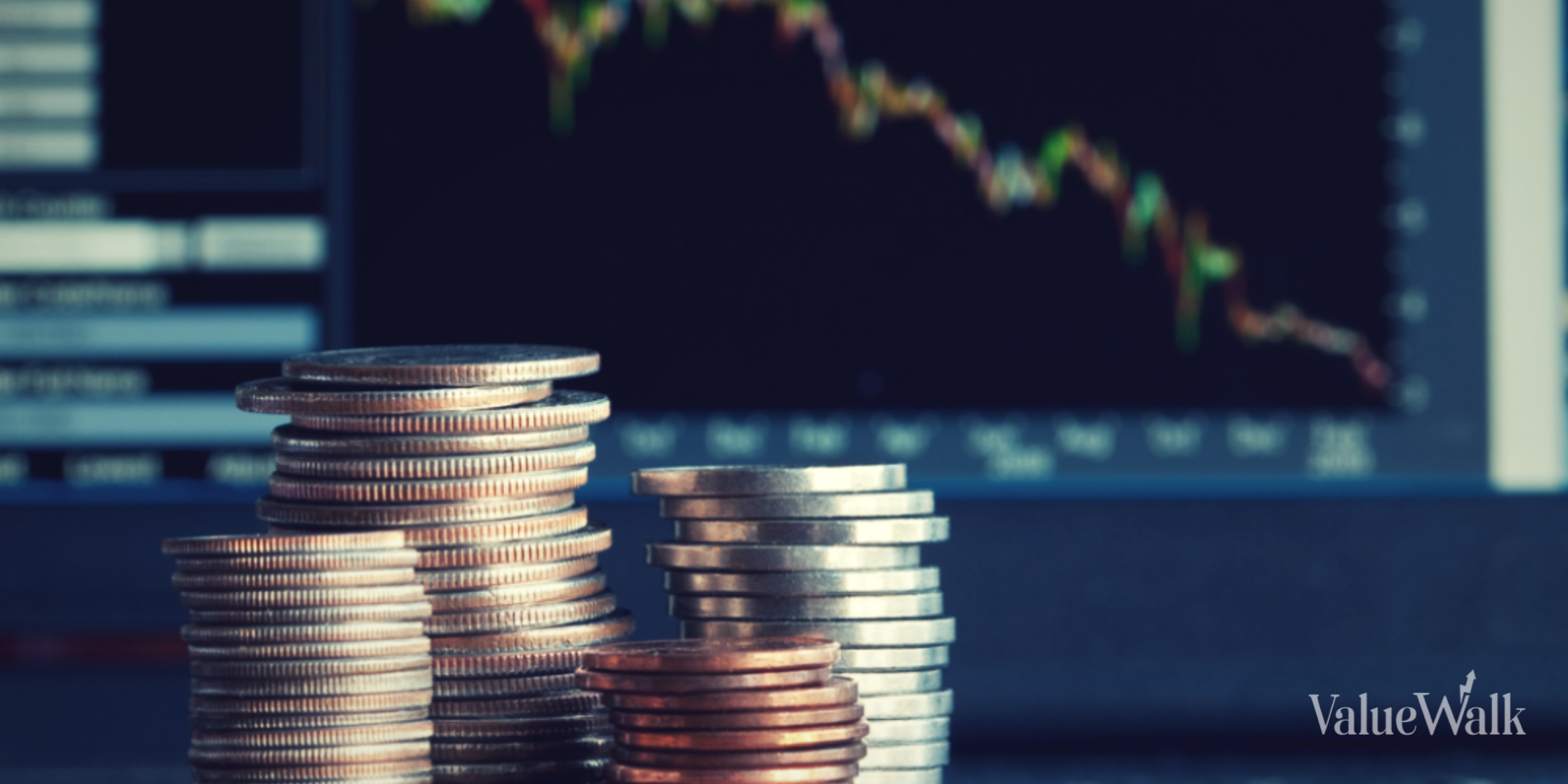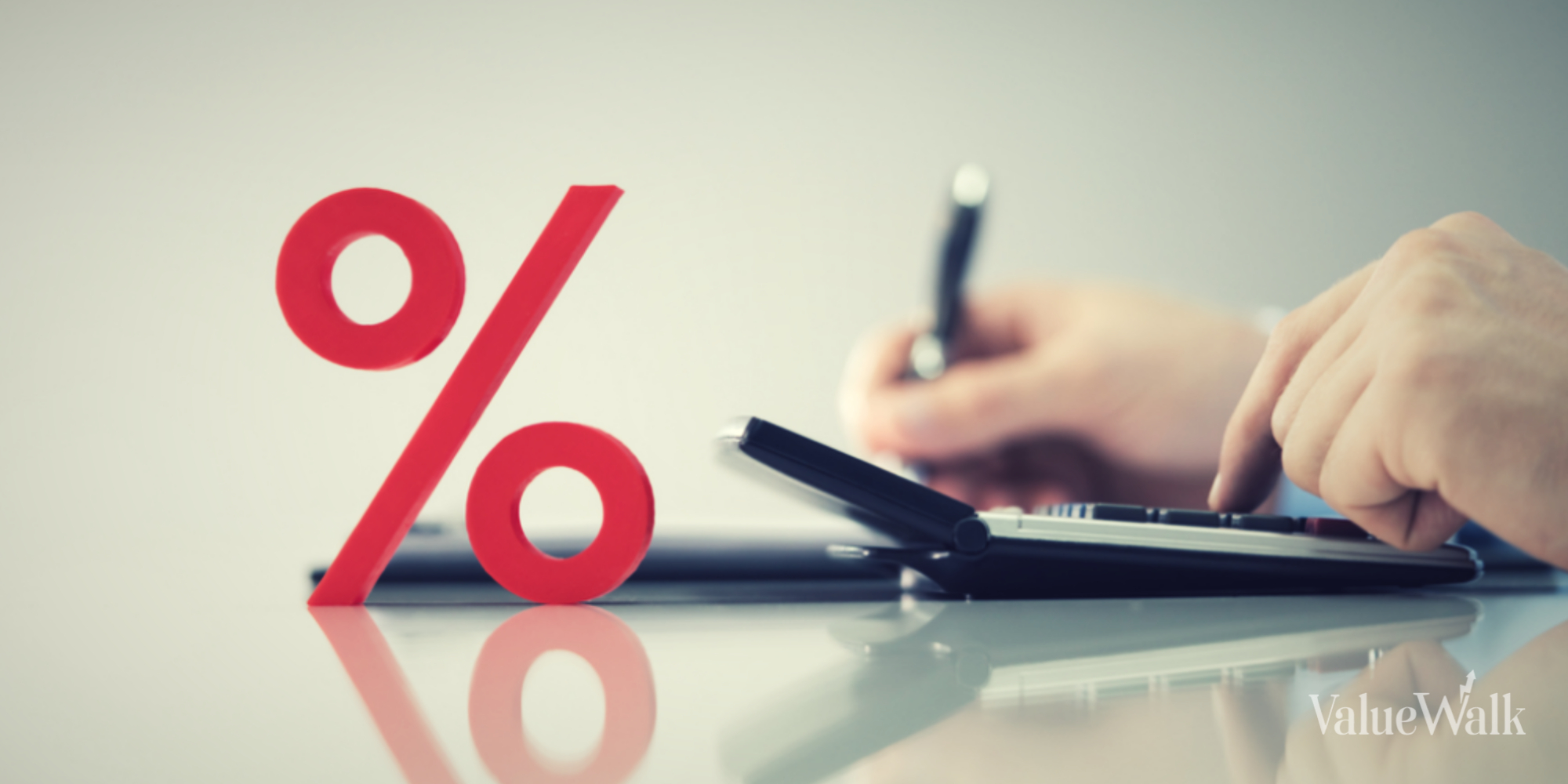- Strong secular arguments for investing in convertible securities are now complemented by strong shorter-term arguments for investing in the asset class.
- Most individual investors have little or no exposure to convertibles which have delivered decades of returns like those of the S&P 500 but with more current income and less volatility.
- The focus on whether convertibles are especially attractive on a shorter-term basis can obscure the fact that the asset class has delivered for investors over time.
We have not been shy about highlighting the secular attraction of the U.S. convertible securities market, a category which has delivered decades of returns like those of the S&P 500 but with more current income and less volatility. Most individual investors have little or no exposure to convertibles, which we consider an unfortunate oversight. Among pundits and advisors, there tends to be an excessive focus on whether converts are especially attractive on a shorter-term basis, which can obscure the fact that the asset class has more than delivered for investors over time.
While longer-term considerations should always be the primary focus in investment allocations, the most important current factors seem to have swung in favor of putting new capital to work in convertible securities today:
- On a relative basis, convertible securities struggle most when bond market credit spreads are tight and when new convertible issuance is active and focused in one industry or sector. The exact opposite of these conditions now prevails.
- After the prolonged stock market rally of 2012-14, convertible sensitivity to equities became high by historic standards. Not pretending to be able to call the direction of equity markets, we didn’t describe this situation as negative, but noted that if equity markets corrected, convertibles would suffer more downside participation than usual. This has occurred.
- Investors have recently become concerned that regulations enacted several years ago would reduce liquidity in bond markets, increasing volatility and potentially lowering returns. Capital allocations and the staffing of Wall Street convertible securities desks never really recovered from the 2008 downturn, so the recent weakness in convertible securities prices does not appear to be related to any changes in market mechanics.
- The 2015-16 decline in stock prices has been most harsh for smaller companies which need capital to grow. This has had a disproportionate impact on investor sentiment in areas like semiconductors and biotechnology, two of the biggest industries in the convertible market.
- As of the end of January, the current yield of the U.S. convertible market stood at 3.5% and the estimated equity sensitivity of convertibles to their underlying stocks was a moderate 51%. If broader stock averages continue to fall, these characteristics should provide much greater price support for convertibles than was the case over the last several months.
The secular case for convertibles remains the unique combination of companies which have attractive business opportunities and are willing to raise capital in a format which can provide income, growth and downside protection for investors. This secular case is now complemented by strong shorter-term arguments for investing in the asset class.





